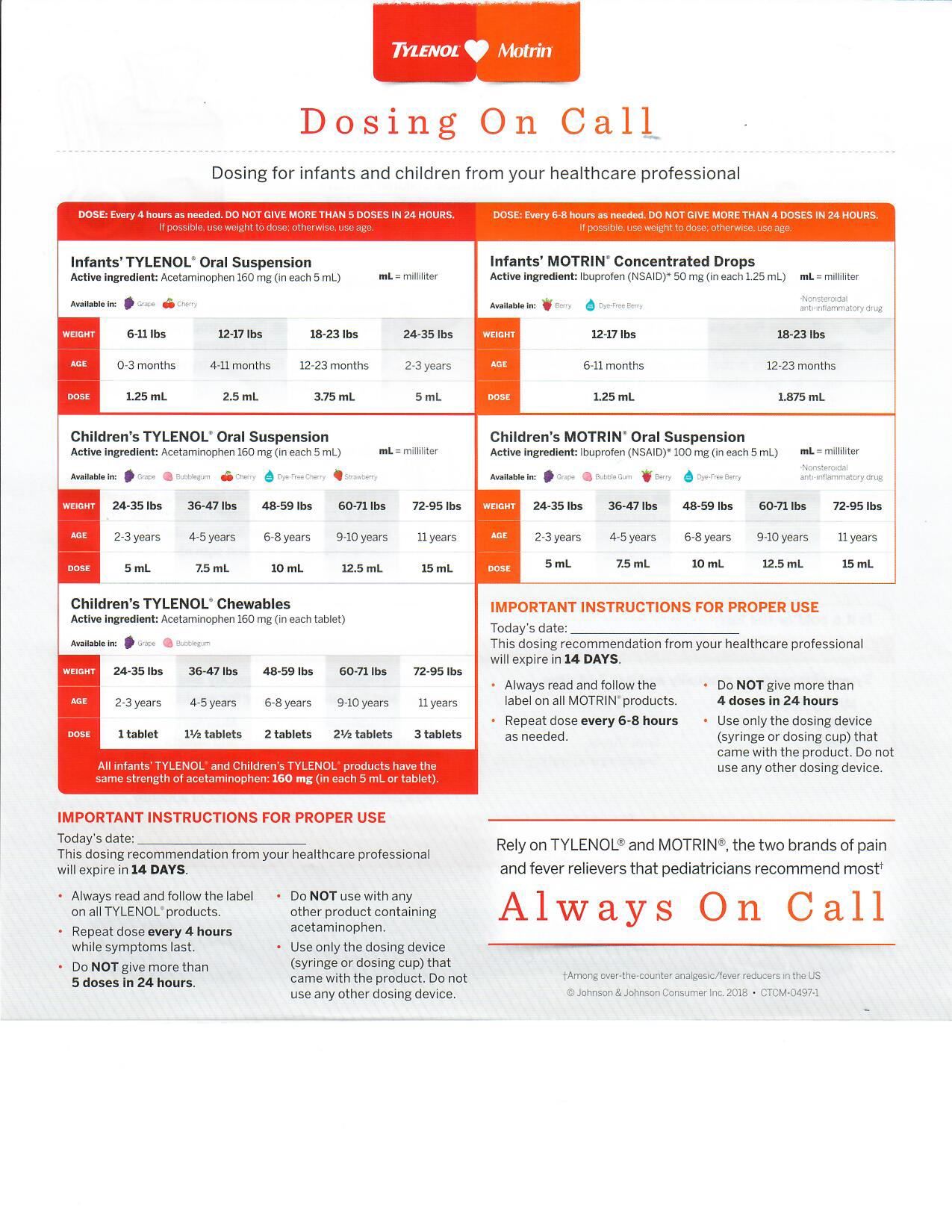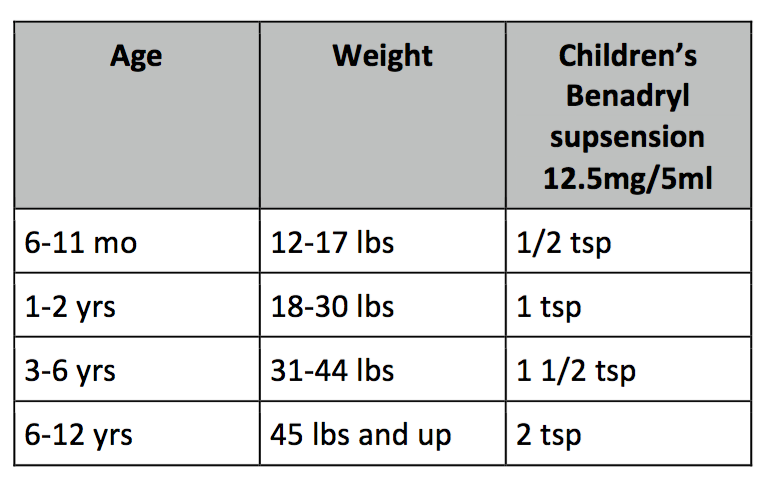When should I call a doctor?
We never want you to be worried at home, so if any issue is causing you concern, there is always a doctor on call for you. Specific instances in which we would like you to call would be: any temperature over 100.4 degrees Fahrenheit, increased lethargy, the baby is not arousable, less than 2 wet diapers in 24 hrs, projectile vomiting, or poor feeding. Non-urgent issues can be addressed at your well child visits or you can schedule another appointment to talk about these issues.
What is the best way to take my baby’s temperature? How often should I do it?
The most accurate way to take a baby’s temperature is rectally. The silver tip should just disappear out of sight in the rectum and then the thermometer should be held in place for about a minute. It is best to put a little Vaseline or lubricant jelly on the tip of the thermometer to ease it into the rectum. You only need to take the baby’s temperature if he or she feels warm to the touch or is not acting like himself. The temperature does not need to be taken every day. If your baby is less than one month old and has a temperature of 100.4 or greater, he or she needs to be seen by a doctor immediately.
I think my baby is congested. Do I need to give her medication?
Babies often sneeze or sound congested. It is not because they have a cold, but rather because their nasal passages are so small that there is very turbulent airflow through the nose. If the congestion is mild, intermittent, and not interfering with feedings and your baby seems comfortable,you do not need to do anything at all. For more bothersome symptoms, you can try using over the counter nasal saline drops (1 or 2 drops to each side of the nose every 4-6 hours as needed) and/or a bulb suction. If your baby has significant congestion, nasal drainage, fever or a persistent cough, you should discuss your concerns with your doctor.
My baby has a rash that looks like flea bites all over her body.
There are many newborn rashes and most of them are completely benign and will resolve on their own. If there is any rash that you notice at night, point it out to the doctor when we come for our morning rounds. The most common rash, described above as looking like “flea bites” is known as erythema toxicum neonatorum and is not an infection, is not harmful, and resolves spontaneously at about 7-10 days of age.


